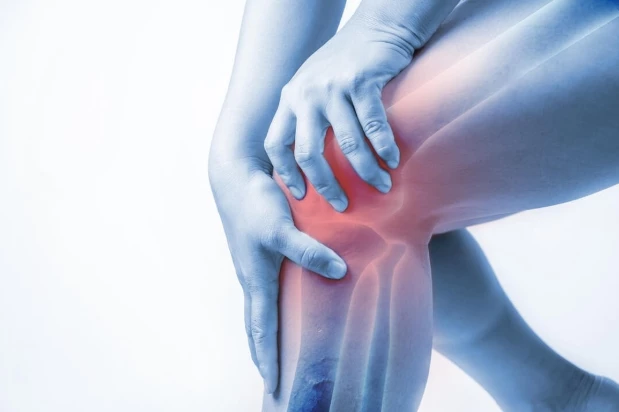
Knee pain is common among the population and its constantly mentioned with sporting activities, but you’ll be surprised to be aware that a lot of people who are not very active will still encounter the same knee pain to someone who is cycling, running or just an ad hock exerciser. Even the Yogi’s and Pilates’s participants will suffer with knee pain, they are not exempt from this.
Traumatic – You fell down the stairs or tripped up over a toy or even missed the curve when you were running. Felt your knee twist, buckled or even hyperextended when you were running for a train.
Insidious onset – Over weeks, months or even years waking up and going to bed your knee has not felt great.
It’s not the chair or the fault of your car or your old trainers Its YOU!!! Have an honest look at yourself and if the quick fixes have failed OR you are not happy with the medical professional’s opinion then please read on for a different approach by Kevin Powell your Movement Physiotherapist.
The list is endless, and you have probably started your own google search on the issue or maybe you have seen a health professional who has got a few labels prepared such as:
On a serious note, if your health professional mentions the words cruciate ligament or meniscus injury see an orthopaedic surgeon who will subject you to further.
It so important to get in front of the right health professional especially if it has been a traumatic incident in the last few weeks or months. The first point of call will be your GP who will likely refer you onto see Physiotherapist or orthopaedic surgeon.
Traumatic Knee Pain
Your Physiotherapist or Health Professionals aim is to see if you can actively bend and extend your knee, then a therapist should then passively bend and extend you knee. A few specialist tests would then be performed to assess the structural integrity of the knee joint. This would include joint line palpation and then looking at the ability of your knee to stop forward movement and backwards movement this is assessing your ACL , PCL knee assessment.
You then want to test the ability of your knee to rotate to the inside and outside of the knee this will assess integrity of the shock absorber of the knee the menisci knee assessment.
If there are still any concerns about knee integrity and stability you should then see an orthopaedic surgeon who will then perform similar tests and request further investigations
Insidious Knee Pain
This is where you must become a really good therapist detective and visit Knee pain sites
Same as above, your physiotherapist should look at the structural integrity of your knee. The difference is this has been over time an accumulative issue.
So, your knee is not happy the question is why? Especially if there has not been a traumatic incident to date, maybe there was one in the past but nothing recent.
I would look at the Foot because a quarter of your bones in the body are contained within the Foot, so check the relationship between the Knee and Foot, maybe there is not one. The next step would be the relationship with the Pelvis and Sacrum with your knee.
Then of course you must consider the Spine, which connects everything together. There are 33 bones in the Spine, so it’s worthwhile to see what’s not moving the way it should. Then look at the Skull because this sits on the top of your Spine. The Head and the Pelvis will determine where your body centre will be, so it’s quite important.
Once the above assessment has been done your physiotherapist should have a hypothesis and every session should focus on either joint mobilisations, movement sequences, acupuncture, or re-learning sequences these are just a few treatment options.
If over the counter NSAIDs don’t help, your GP may offer you a higher dose of an NSAID and a medicine to protect your stomach. Or, they may recommend a stronger medicine called an opioid. You should usually only take this medicine for a very short time. You may become dependent on it if you take it for a long time. Your GP may also offer you a short course of a muscle relaxant.
In my opinion I will always try the natural anti-inflammatory methods, and this is what I recommend to my patients. I fully understand when your pain threshold has been reached, and you can’t sleep, it is very tempting to reach for the medication. For me, most people’s pain does not respond to the list above because for the majority of the time your hip pain is the symptom and not the root cause.
Have a look at these natural foods 13 anti-inflammatory foods.
Depending on the source of your pain – for example, if you have deep knee pain and are unable to sleep and walk injections may be offered by orthopaedic surgeon and this should be done by guided imaging usually by a radiologist. Other medical conditions might need to be ruled out before this is recommended by taking a blood test.
This is the last resort, and any conscientious orthopaedic consultant will not perform surgery if it’s not going to improve your knee outcome. it’s all about having good structural integrity and feeling confident with your knee rather than having a knee dictating your life.